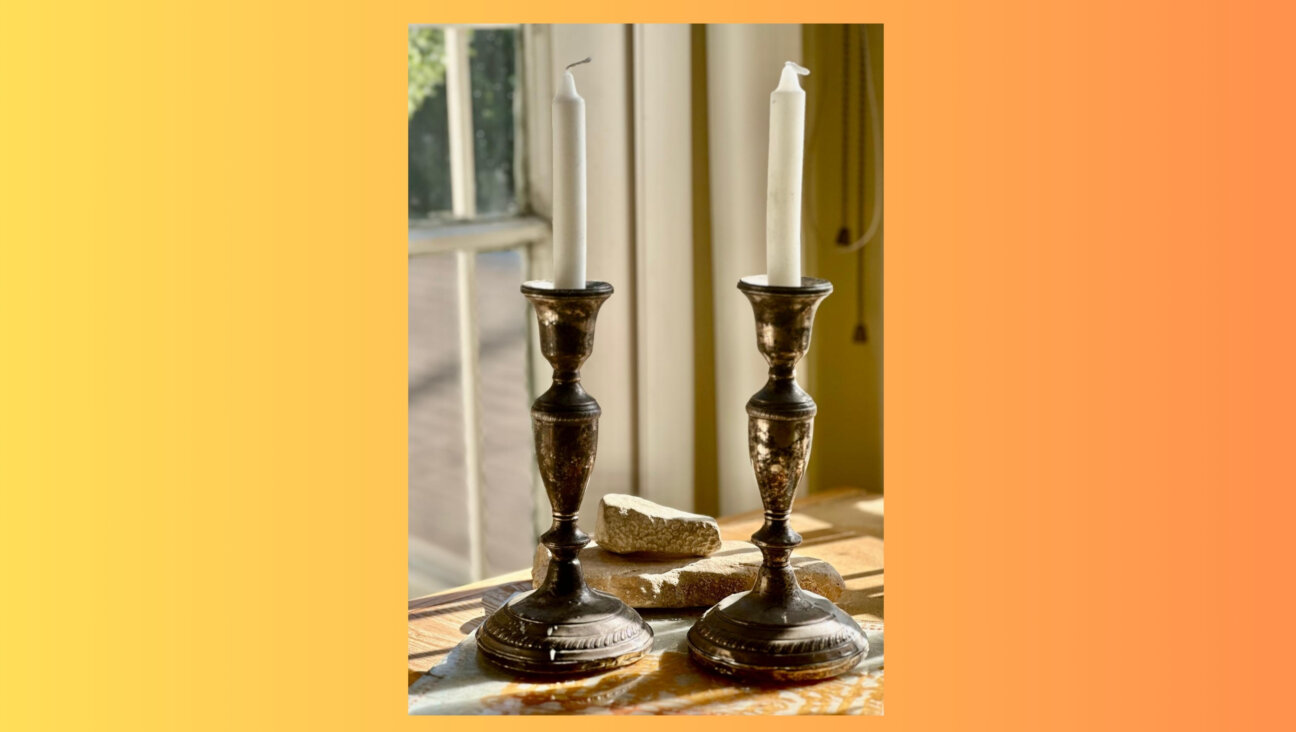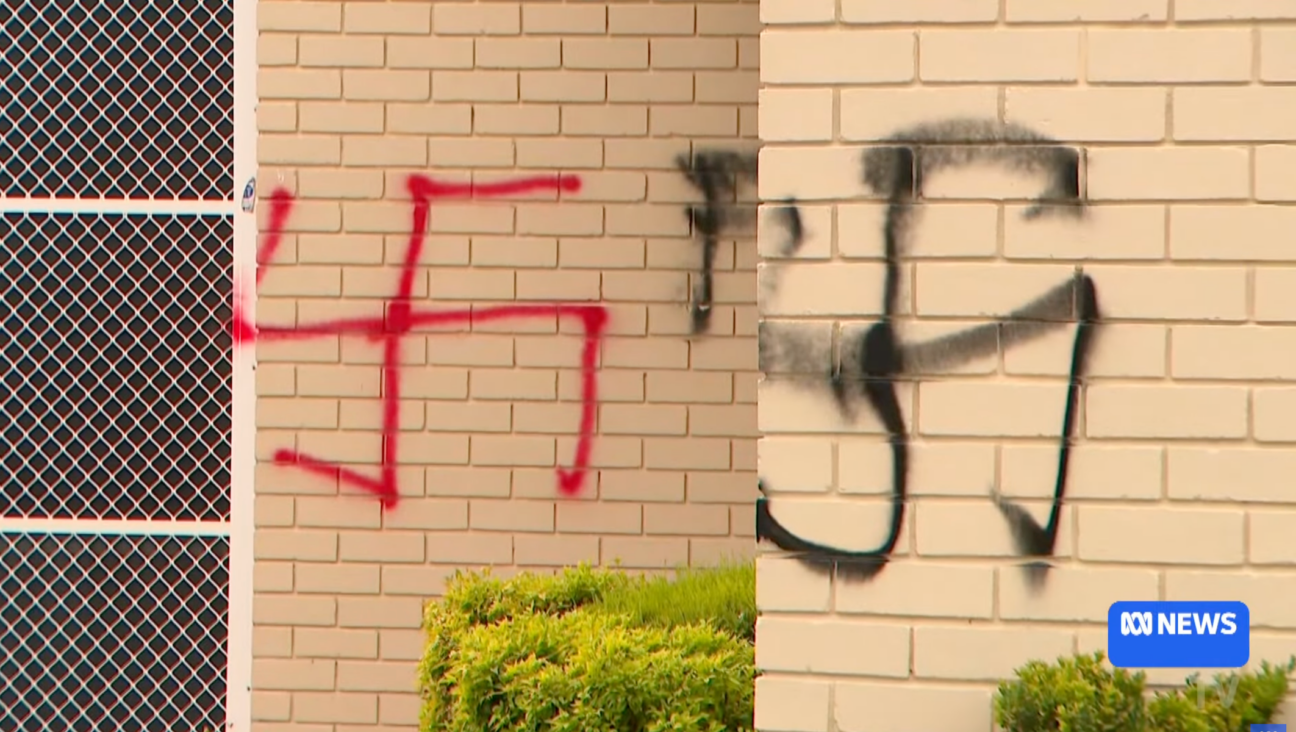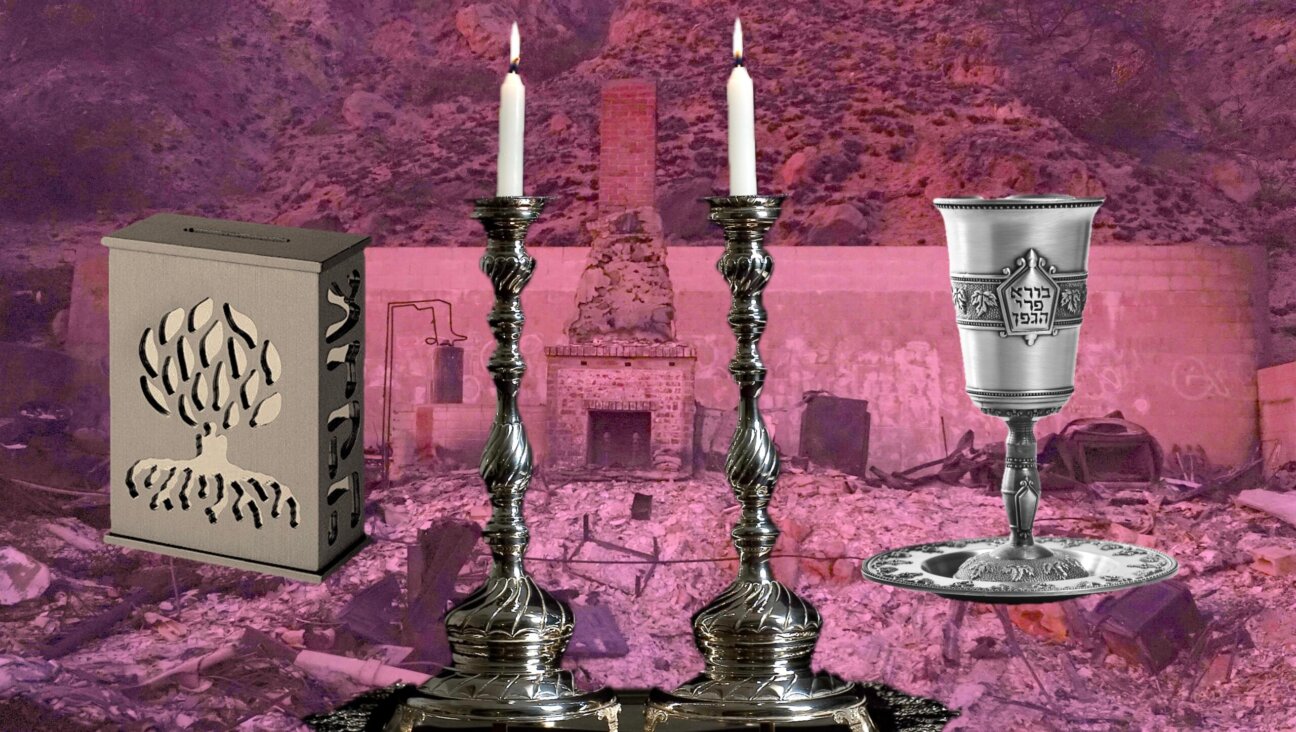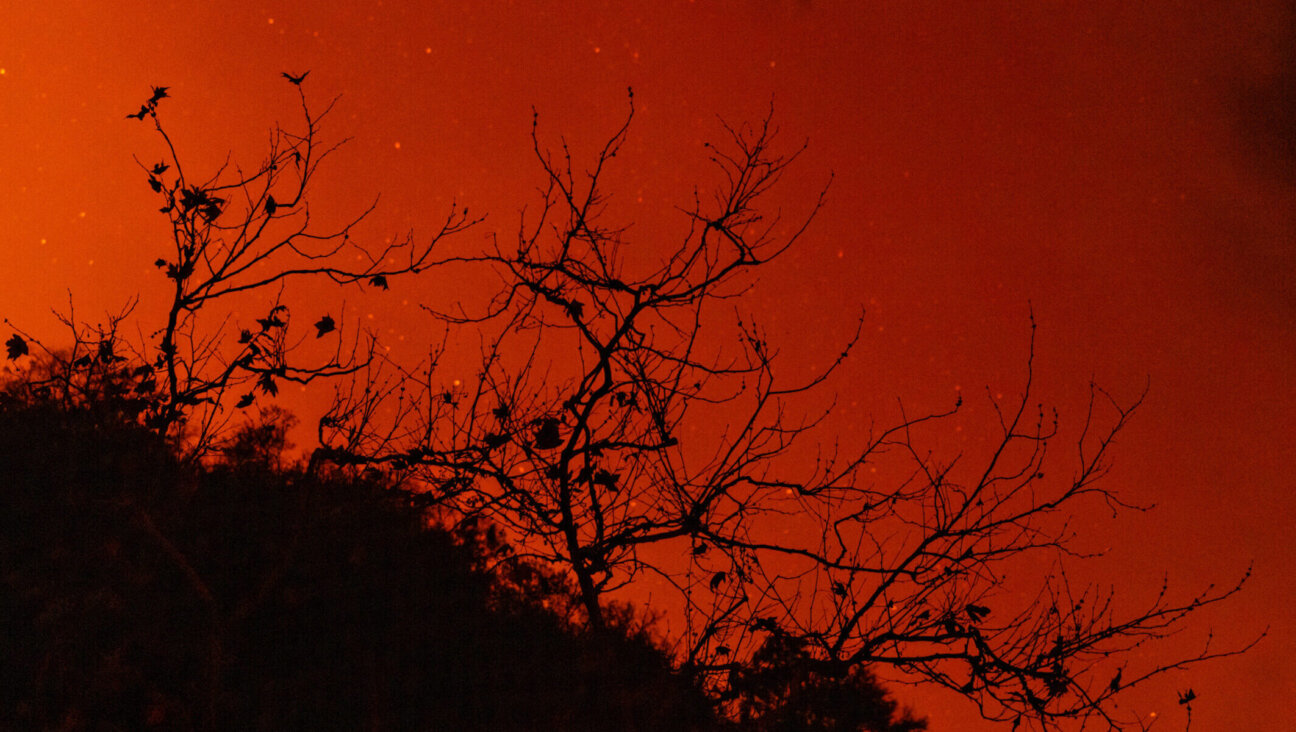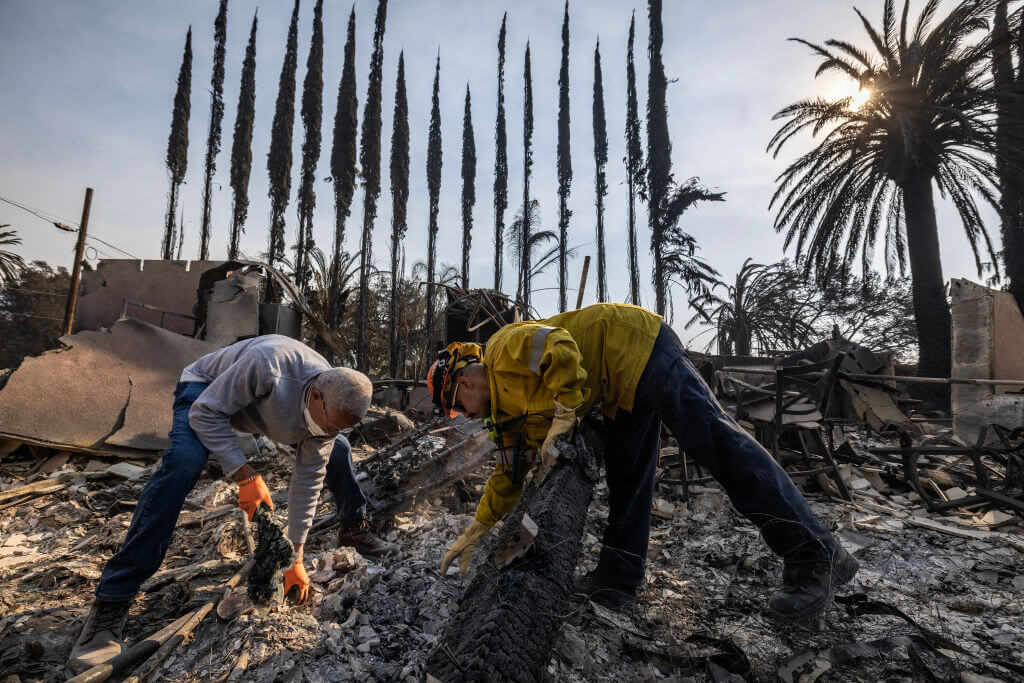Building Identity Through Art

Mirta with her mother (credit: Eduardo Miller)
When Argentine artist Mirta Kupferminc escorts her mother, a Holocaust survivor who fled her homeland of Hungary in the wake of World War II, to view exhibits of her work, she sometimes worries that her mother will find the material too disturbing, too reminiscent of her experiences during the war. After all, Kupferminc bases much of her mixed-media work on her parents’ heritage, employing historical details from their lives in her pieces. “Sometimes,” Kupferminc said, “I ask her: Are you sure that you can cope with such strong material in these exhibitions? It’s not hard for you?” Her mother’s answer, Kupferminc recalled, is always the same: “‘Oh, Mirta,’ she says, ‘What’s hard is what I lived, not what you’re doing.’”
But it’s that hard-lived life that Kupferminc — whose first solo show in New York, “Mirta Kupferminc: Wanderings,” is on display now through June 30, at the museum at Hebrew Union College-Jewish Institute of Religion — features so prominently in her work. Shifting seamlessly among printmaking, painting and other media, Kupferminc has spent the past two decades producing a body of work that speaks to the Jewish cultural soul, exploring themes of pilgrimage, exile and what she calls “built identity,” the idea of building your own character, “because my work has a very strong mark of Judaism, but also a very strong mark of Argentinean identity.”
And yes, a great deal of the thematic content of her work is derived from her parents. Her father, too, was a survivor of the war and exile, in his case from Poland. Kupferminc, though, bases her artistic output more frequently on specific details from her mother’s life, for two reasons. First, her mother had a nostalgia for her native Hungary, whereas her father “tried to forget that he was born in Poland.” And second, Kupferminc began the bulk of her work, including that incorporating numerology, after her father passed away. Since Kupferminc insists on using accurate information from the numerical tattoos that were inscribed on Jews during the war, and never thought to retrieve her father’s sequence of numbers before he died, she has had to rely primarily on data provided by her mother. “I would never use a number that’s not exact, because this would be taking away — again — his identity,” she explained.
“I am, in a good way, using her suffering,” Kupferminc said of her mother. “Sometimes I feel bad because…I feel that I am using her life to produce my life. But on the other hand, I feel like we, together, are teaching the future generations.”
At Hebrew Union College, Kupferminc’s work fills the lobby’s atrium. The signature work of the show is aptly titled “To Be a Witness” (2006), and is an installation of glass, paper and wood that stretches across nearly an entire lobby wall. Dozens of photographs show a man in a variety of poses, using his hands to cover parts of his mouth and eyes. Below the photographs is a set of glass blocks; the rightmost is inscribed with the first letter of the first word of the Sh’ma Yisrael, the leftmost with the last letter of the last word of the prayer. “You are to be a witness who loves unconditionally,” reads the wall text, by Saul Sosnowski, a writer and editor of Latin American texts. (Kupferminc also frequently bases her work on the writing of Jorge Luis Borges.) “Able to judge God over Auschwitz and to find Him guilty; and still able to pray to Him, even there, even in Auschwitz.”
Elsewhere in the show is a series of repurposed chairs, weathered wooden structures that Kupferminc has outfitted with materials like metal and coal and inscribed with allegorical imagery, incorporating magical realism and Jewish mysticism from her Kabbalah studies. Each piece is representative of a life cycle; “If you burn the wood, it will turn into coal and the coal melts metal,” she explained. “Wanderings” also contains handmade books and a series of prints.
Although Kupferminc’s work is unmistakably and distinctly Jewish, the artist shies away from heavyhanded iconography or proselytization. “You will have the menorah and David in my works, and my own challenge is to reach a very Jewish sensation and identity, a very Jewish feeling of the culture,” she said. “It’s not a religious identity, it’s a cultural one.”
Standing in the lobby, surrounded by a decade’s worth of her work, Kupferminc is enthralled, speaking in swift, excited and at times broken English about the path her career has taken. Though this is not her first show in the United States — she has enjoyed exhibitions in Chicago, Milwaukee and Pittsburgh, and at the University of Maryland — she feels that this is her most meaningful endeavor to date, so much so that she eschews the pretense of humility. “Maybe it’s not nice that I say this,” she said with a smile, “but I deserve it! I work a lot, and I have a very unique voice and Jewish way of speaking, but my interest is not just to be a witness and to pass the legacy, but to produce art. I’m presenting these works not just for the Jewish world.”
Erica Orden is a freelance writer living in New York. Her work has appeared in The New York Times, New York Magazine and The New York Sun.
A message from our Publisher & CEO Rachel Fishman Feddersen

I hope you appreciated this article. Before you go, I’d like to ask you to please support the Forward’s award-winning, nonprofit journalism so that we can be prepared for whatever news 2025 brings.
At a time when other newsrooms are closing or cutting back, the Forward has removed its paywall and invested additional resources to report on the ground from Israel and around the U.S. on the impact of the war, rising antisemitism and polarized discourse.
Readers like you make it all possible. Support our work by becoming a Forward Member and connect with our journalism and your community.
— Rachel Fishman Feddersen, Publisher and CEO









